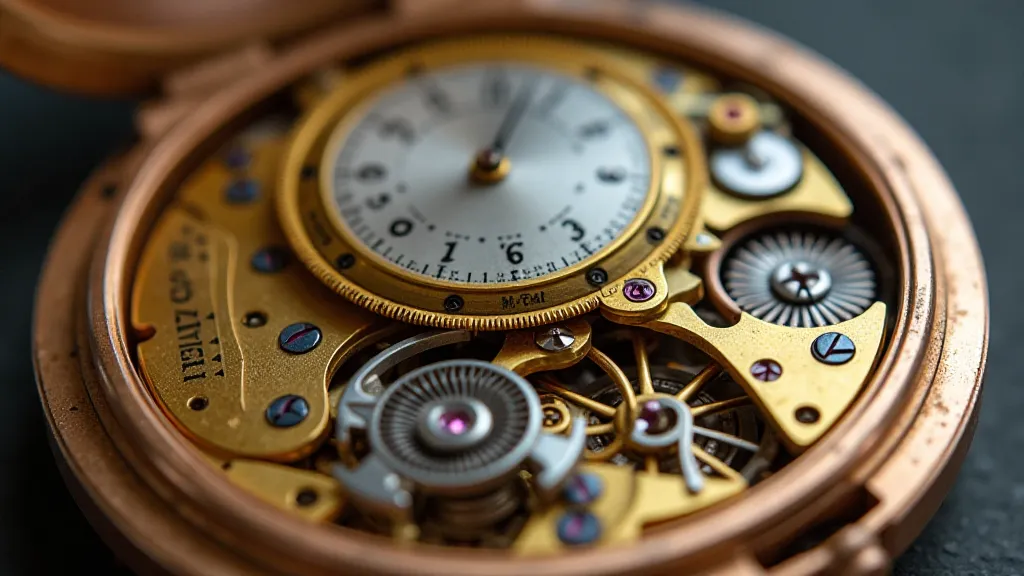The Elgin Watch Company: An American Legacy in Pocket Watches
The Elgin Watch Company stands as a monumental chapter in American industrial history and a cornerstone of pocket watch collecting. From its inception in 1864 to its eventual decline, Elgin produced an astounding number of pocket watches, deeply ingrained in the nation’s cultural and mechanical landscape.
Early Years and the National Watch Company
The story begins not with "Elgin" but with the National Watch Company. A group of talented watchmakers, disillusioned with the working conditions and limited opportunities in Connecticut's established watchmaking centers, sought to create a factory where skilled artisans could thrive. They chose Elgin, Illinois, a burgeoning railroad town near Chicago, believing it offered strategic advantages and a supportive environment. This group, including pioneers like Abraham Lincoln’s watchmaker James Bennett Gregory, envisioned a factory where American ingenuity would produce high-quality timepieces, challenging the dominance of Swiss watchmakers.
Initially, the company relied on importing movements from Switzerland, but the ambition was always to achieve complete vertical integration – designing and manufacturing every component in-house. This was a bold undertaking for the time, requiring significant investment and technological innovation.

The Rise of American Manufacturing
The transition to manufacturing their own movements was a gradual but ultimately transformative process. Elgin introduced their first fully manufactured movement, the Grade 12, in 1874. This marked a pivotal moment, solidifying their place as a major American watch manufacturer. Throughout the late 19th and early 20th centuries, Elgin released a wide range of grades and models, each representing a different level of complexity and finishing. The 16-Size Grade 18, for example, became arguably their most iconic and widely produced model, often referred to as the “Hunter” due to its hinged case cover.
Innovation and Design
Elgin wasn’t just about quantity; they were also innovators. They were among the first American companies to adopt the lever escapement, a significant advancement in watchmaking accuracy. Their designs frequently incorporated intricate engraving, enamel work, and attractive case styles, appealing to a broad market. The introduction of the "B" grade in 1910, a more affordable option, made Elgin pocket watches accessible to a wider demographic, further contributing to their popularity. They embraced new technologies, including the use of nickel alloys in their movements, leading to lighter and more durable timepieces.

Decline and Legacy
Like many American manufacturers, Elgin faced challenges in the mid-20th century. The rise of wristwatches diminished the demand for pocket watches. Attempts to adapt to the changing market, including producing wristwatches and even televisions, ultimately proved unsuccessful. The company ceased pocket watch production in 1957, and the company itself dissolved in 1965.
Despite its relatively short lifespan, the Elgin Watch Company left an enduring legacy. Their pocket watches are highly sought after by collectors today, appreciated for their craftsmanship, historical significance, and embodiment of American industrial prowess. The sheer volume of Elgin pocket watches produced, combined with their diverse range of grades and styles, means there's likely an Elgin pocket watch to suit every collector's taste and budget. Owning an Elgin isn't just about owning a timepiece; it's about owning a piece of American history.






